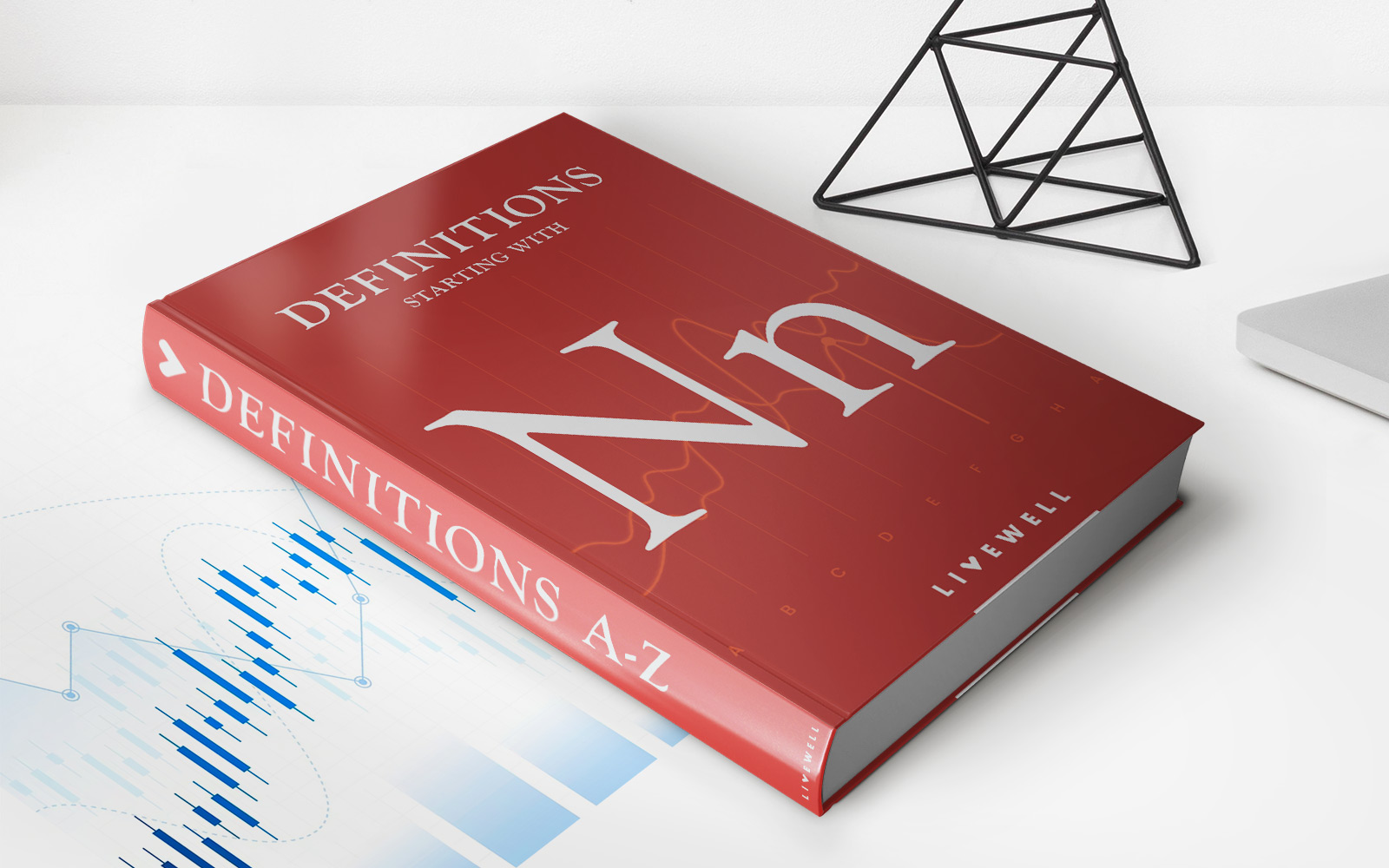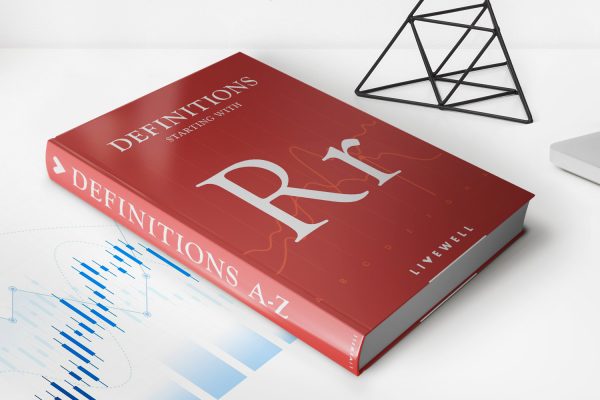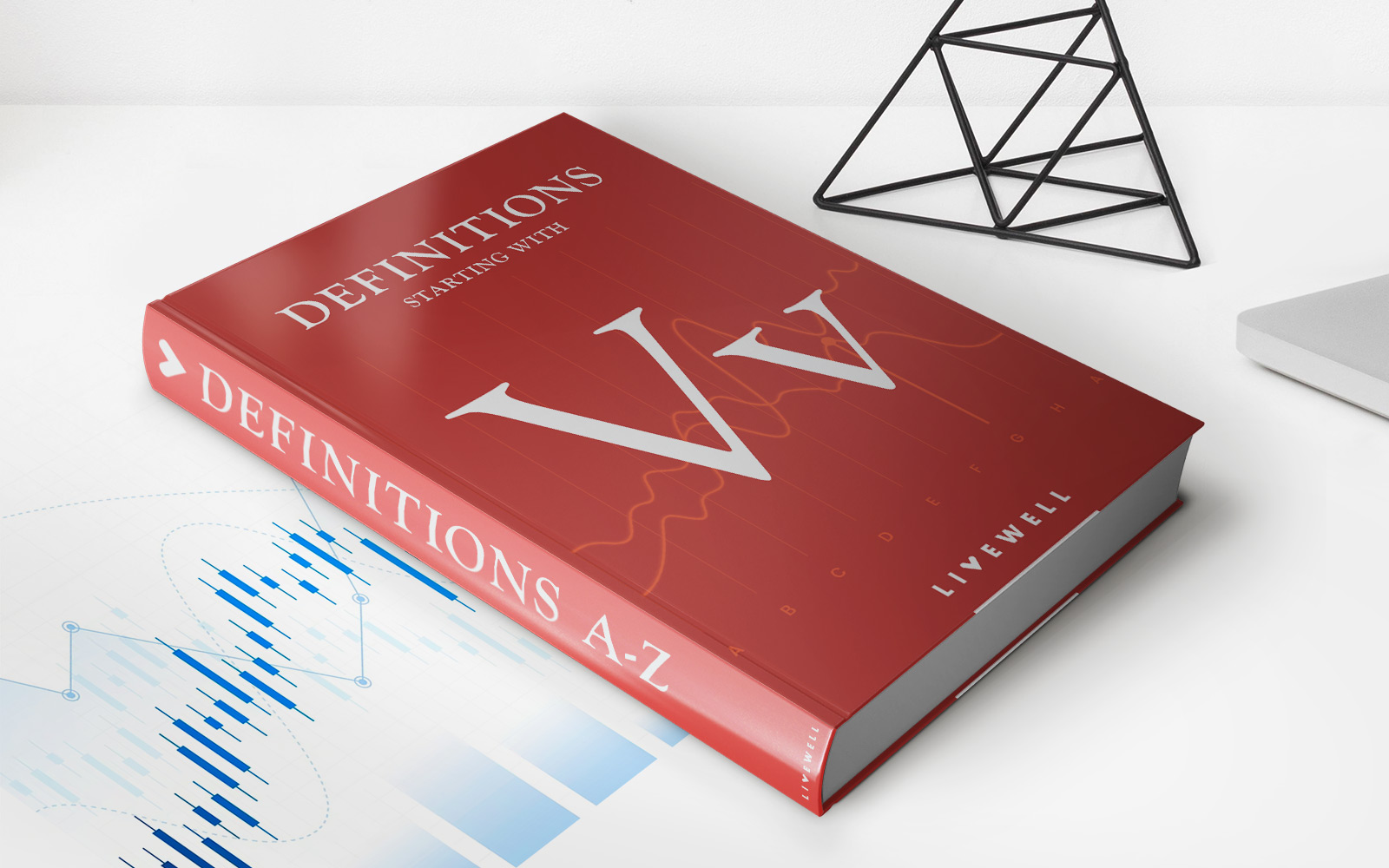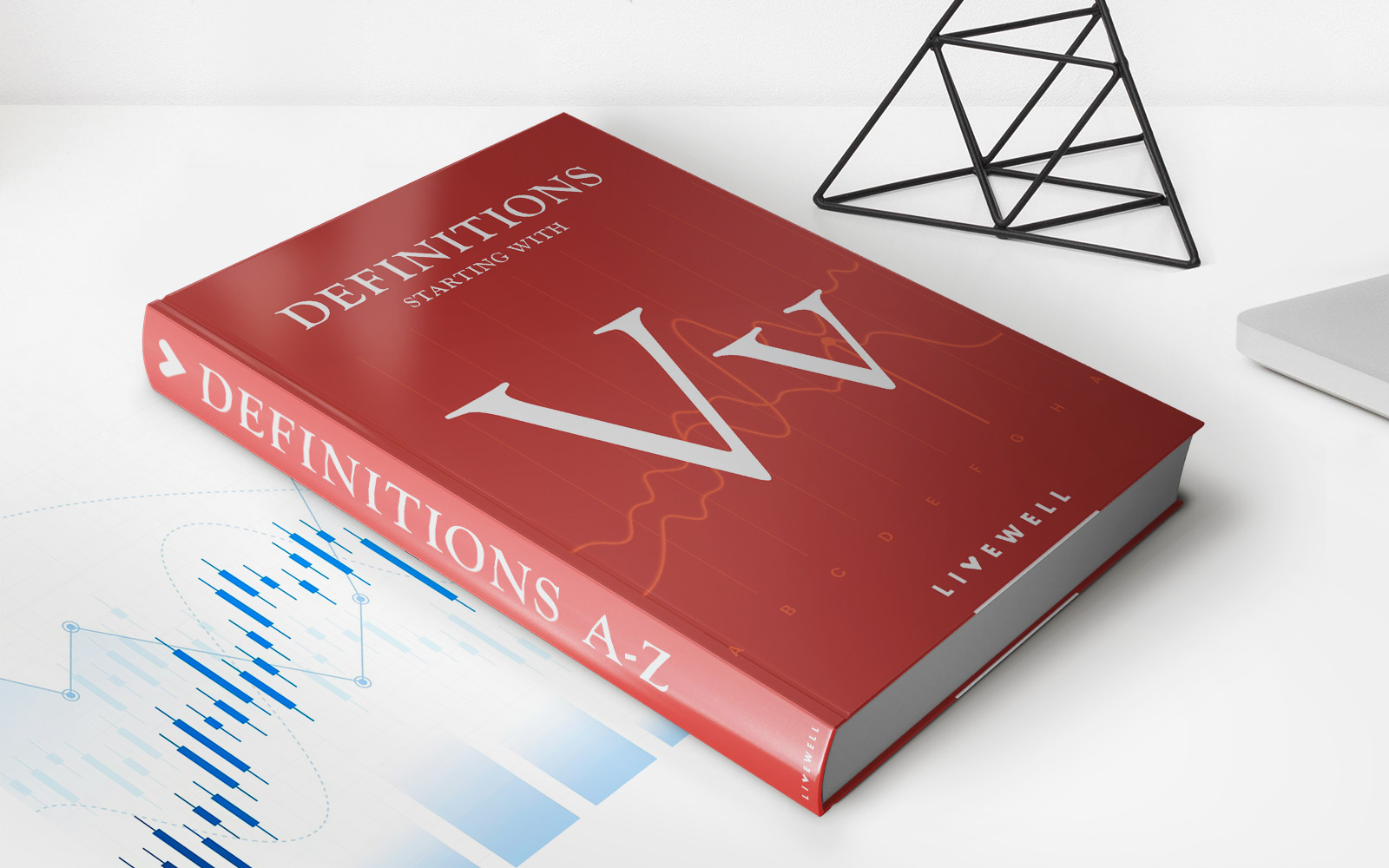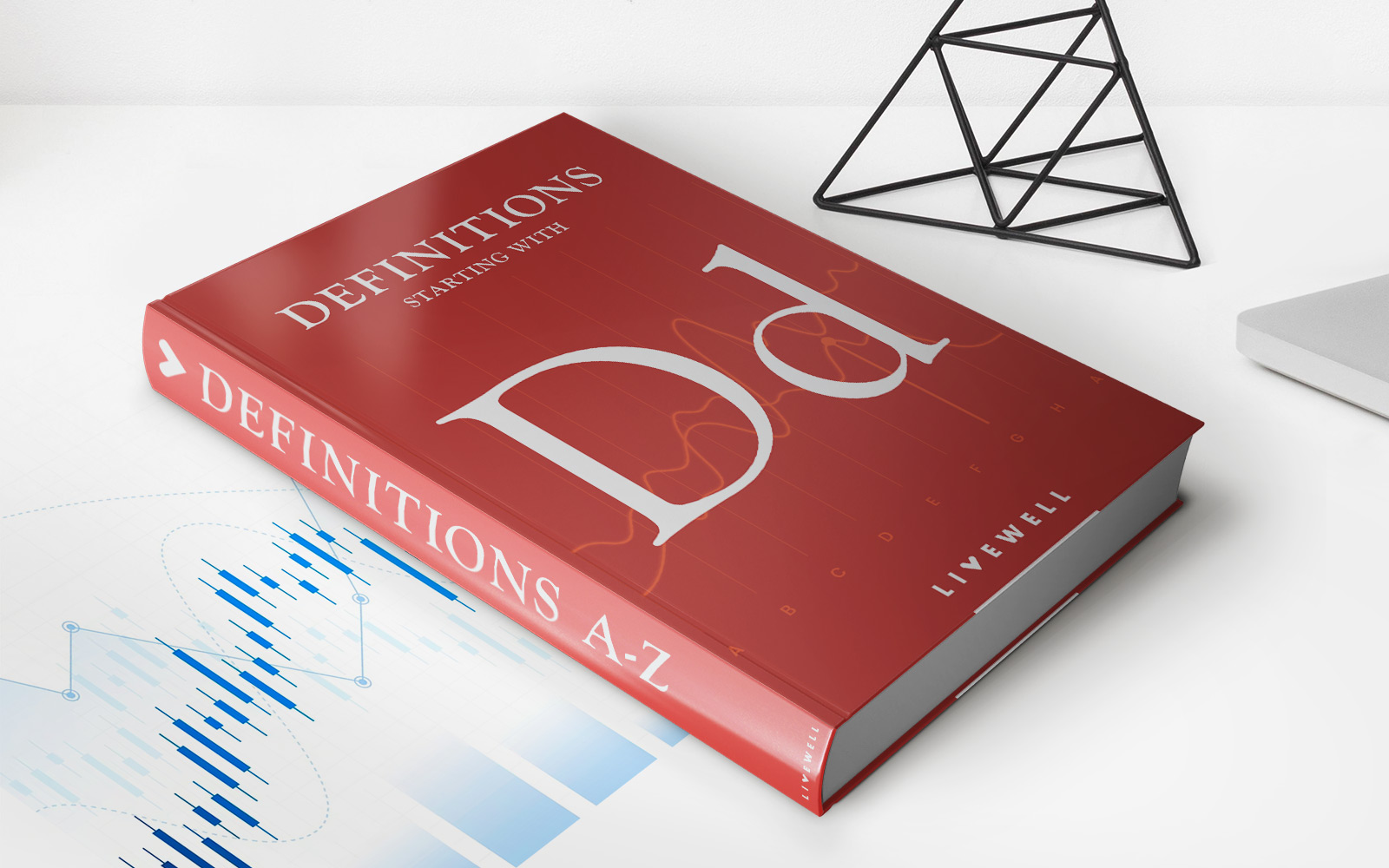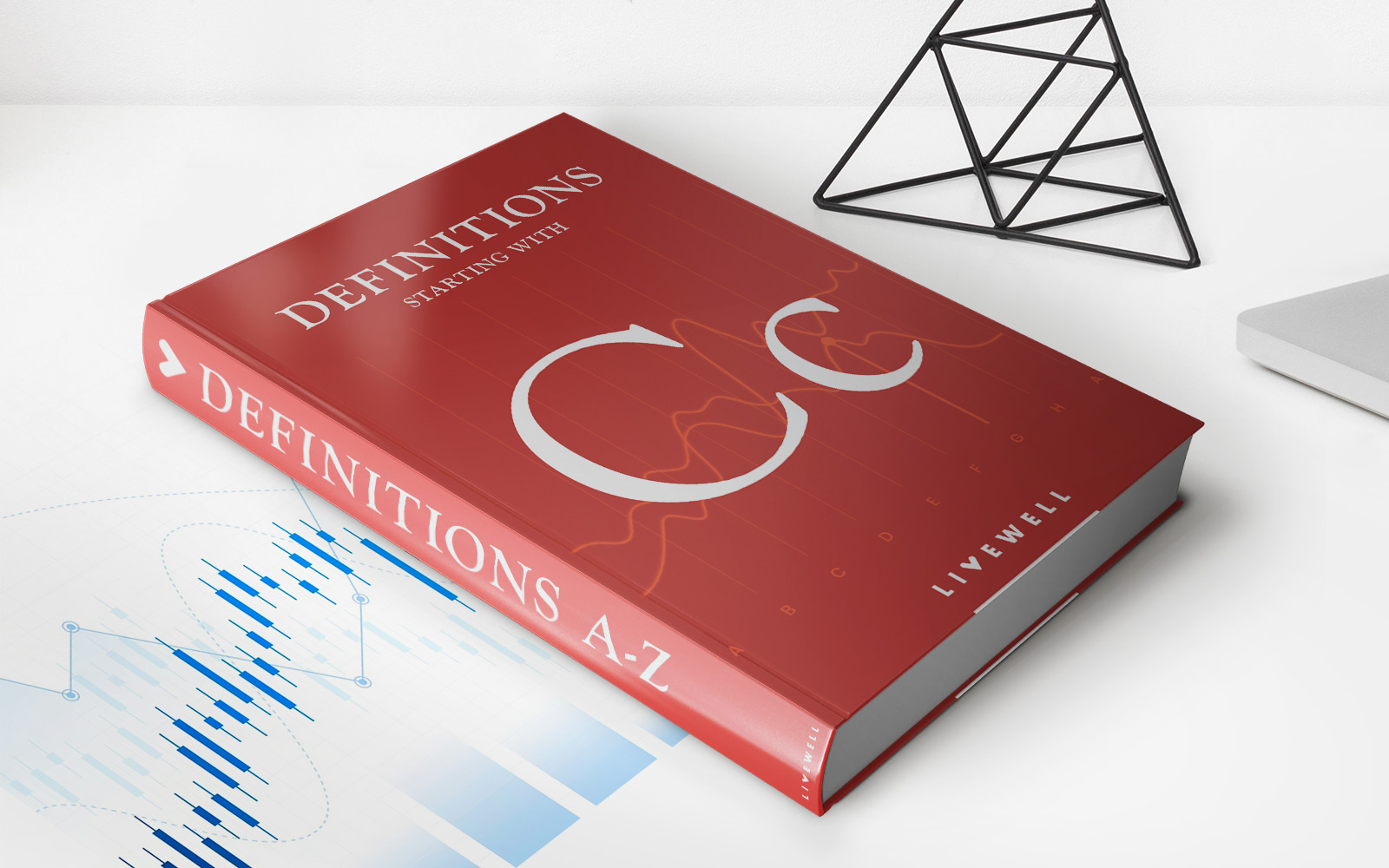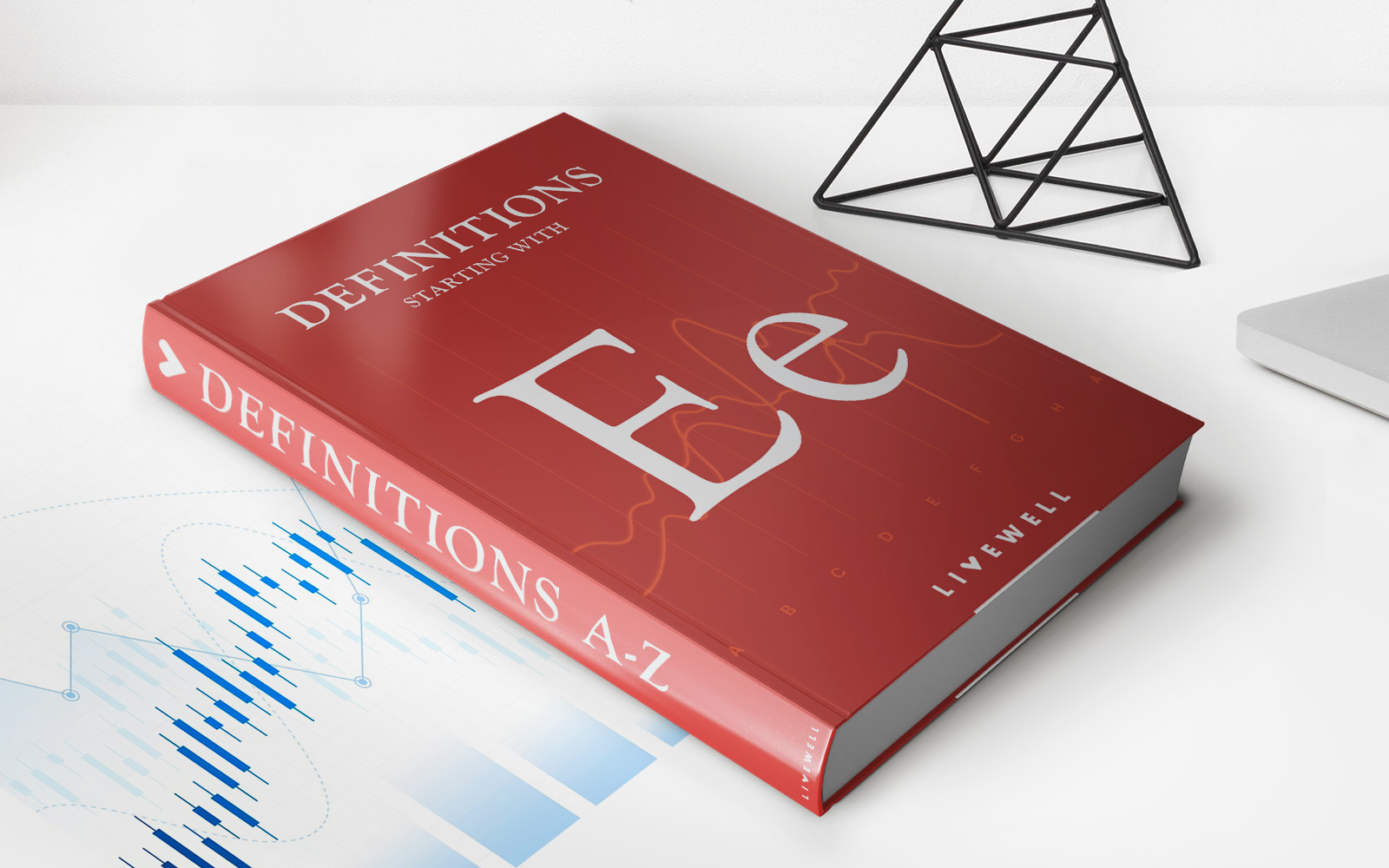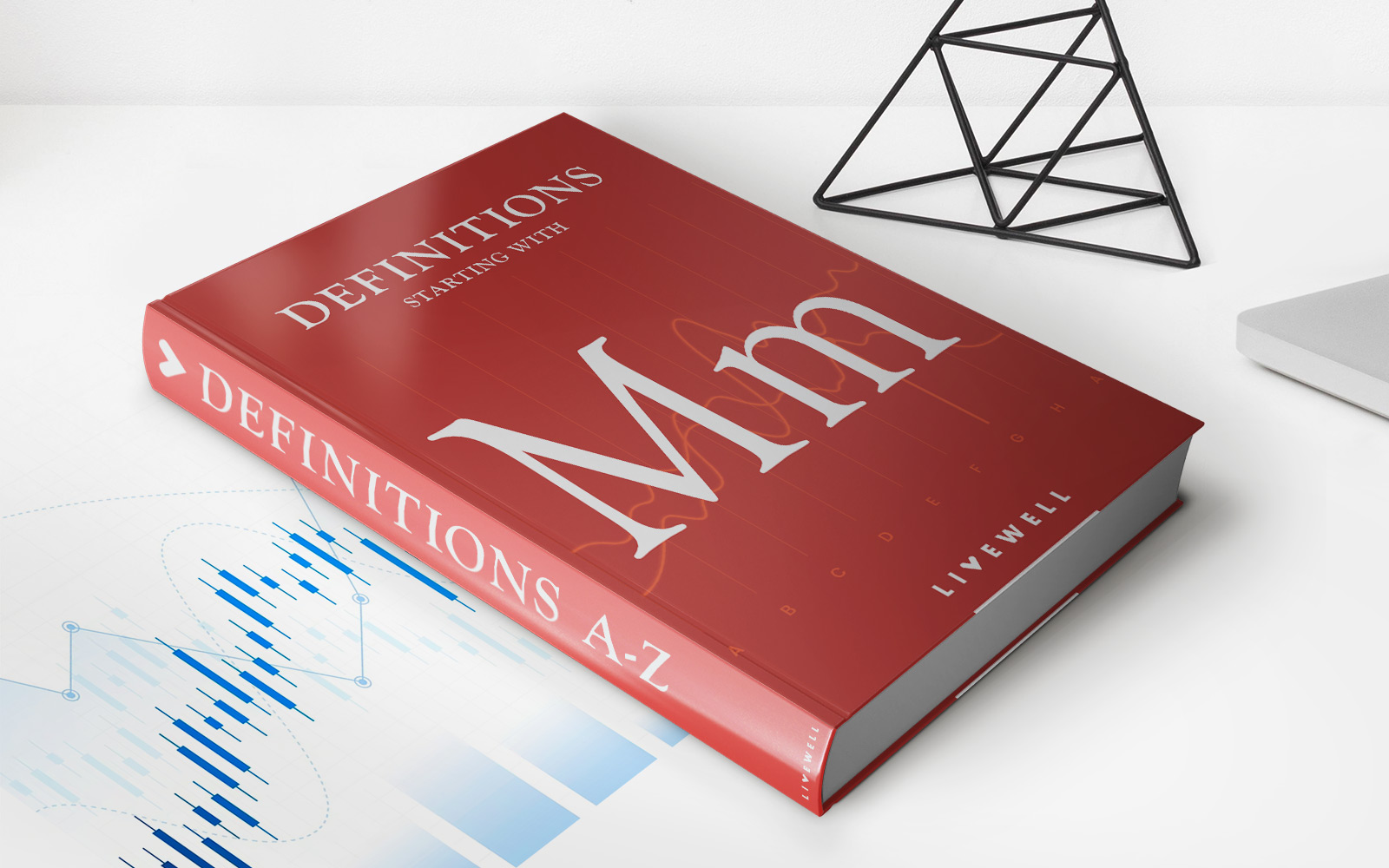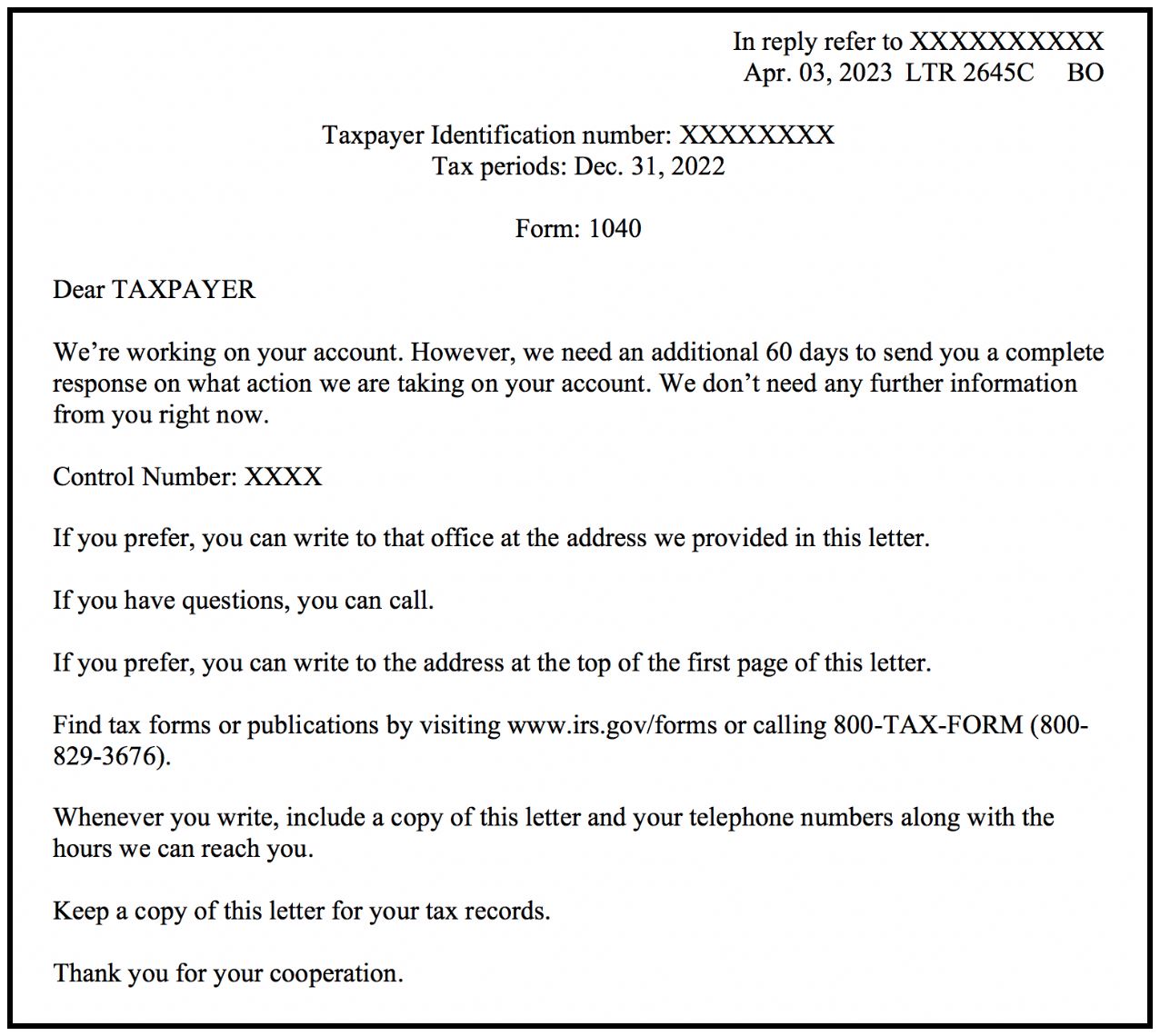Home>Finance>Equity Premium Puzzle (EPP): Definition, History, Explanations
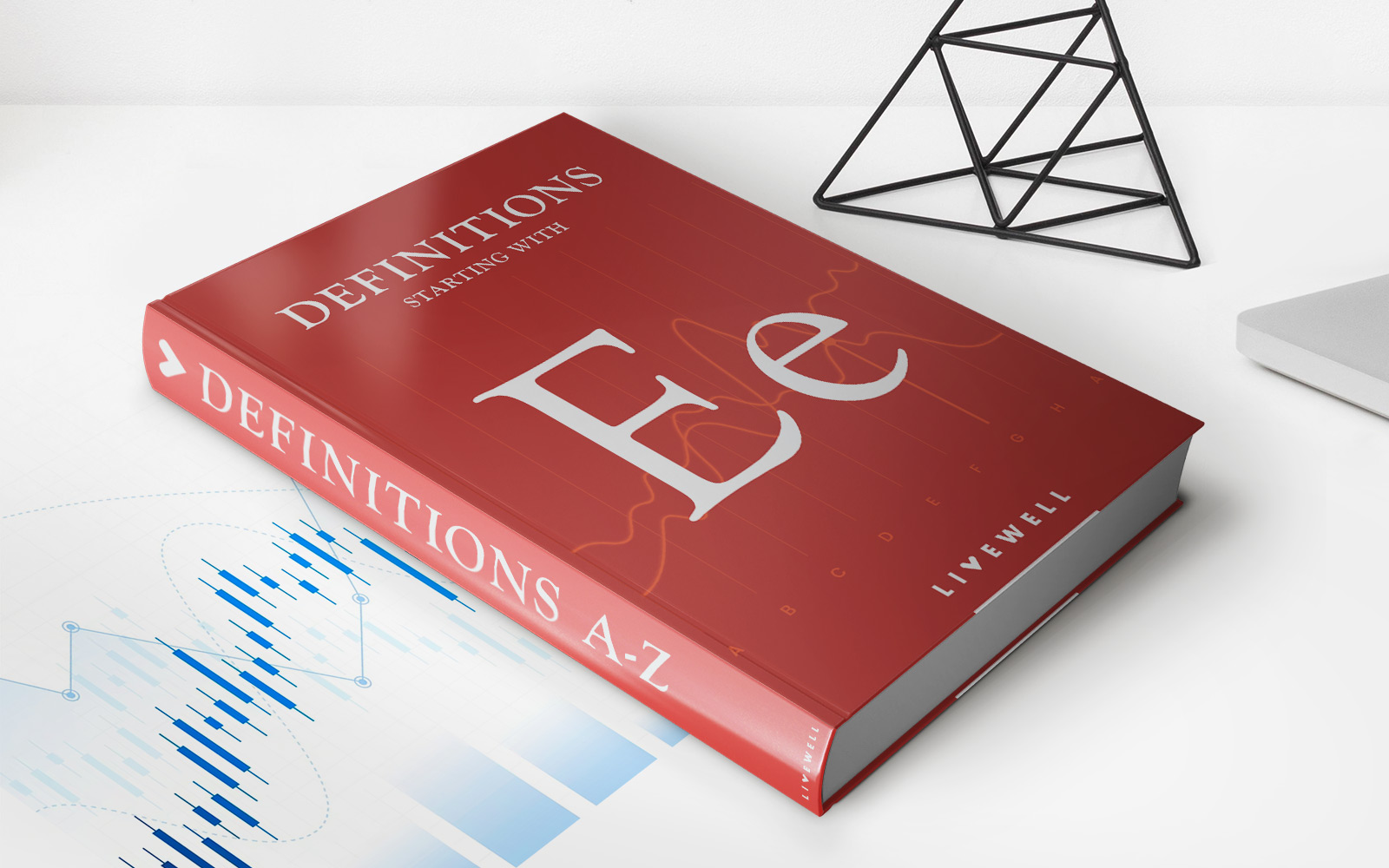

Finance
Equity Premium Puzzle (EPP): Definition, History, Explanations
Published: November 18, 2023
Learn about the Equity Premium Puzzle (EPP) in Finance: its definition, history, and various explanations. Explore this intriguing phenomenon in the financial world.
(Many of the links in this article redirect to a specific reviewed product. Your purchase of these products through affiliate links helps to generate commission for LiveWell, at no extra cost. Learn more)
The Equity Premium Puzzle (EPP): Definition, History, Explanations
Welcome to our “Finance” category, where we dive into the fascinating world of investments, assets, and financial theories. In this blog post, we will explore the concept of the Equity Premium Puzzle (EPP) – a notable phenomenon that has puzzled economists and financial experts for decades. What exactly is the EPP, how did it come about, and what are some explanations behind this intriguing puzzle? Read on to find out!
Key Takeaways:
- The Equity Premium Puzzle (EPP) refers to the observation that stocks have historically delivered higher average returns than government bonds, despite their higher risk.
- This puzzle challenges traditional theories, such as the Capital Asset Pricing Model (CAPM), which would suggest that higher risk should be compensated with higher returns.
Defining the Equity Premium Puzzle
The Equity Premium Puzzle (EPP) emerged from the field of finance, where researchers noticed a consistent disparity between the returns on stocks and government bonds over long periods. Despite being considered riskier, stocks have historically provided significantly higher average returns compared to government bonds. This observed difference in returns is known as the EPP.
Now, you might be wondering, why is this considered a puzzle? After all, shouldn’t investors expect higher returns when taking on higher risk? This is precisely why the EPP is so intriguing, as it challenges conventional financial theories.
A Brief History of the EPP
The origins of the EPP can be traced back to the early 1980s when economists first started noticing the phenomenon. The historical data up to that point showed a consistent pattern – stocks outperformed government bonds by a substantial margin, even when accounting for the higher volatility of stocks.
Many studies have since been conducted, using data from different time periods and geographical locations, and they have consistently found evidence of the EPP. This puzzle has attracted significant attention in the academic community, leading researchers to develop various explanations.
Explanations for the EPP
Given the persistent nature of the EPP, researchers have put forth several theories to explain this puzzling phenomenon. While not exhaustive, here are a few of the prominent explanations:
- Preference for Risk-Aversion: One explanation suggests that investors are inherently risk-averse, meaning they are more averse to losses than they are driven by potential gains. This behavior would cause investors to demand a higher premium for holding volatile assets, like stocks.
- Intertemporal Consumption: This theory posits that the EPP can be explained by the relationship between an individual’s consumption habits and their investment choices. If consumers expect higher future consumption levels, they may seek higher returns through stocks.
- Market Imperfections: Some researchers argue that market imperfections, such as restrictions on borrowing or barriers to entry, can contribute to the EPP. These imperfections hinder investors’ abilities to diversify their portfolios effectively, leading to higher returns in riskier assets like stocks.
While these explanations offer valuable insights, none provide a definitive answer to the Equity Premium Puzzle. It remains an ongoing area of research and debate among economists and financial experts.
Conclusion
The Equity Premium Puzzle (EPP) is a captivating phenomenon that challenges traditional financial theories. Despite the higher risk associated with stocks, they have historically provided higher average returns compared to government bonds. Economists have proposed various explanations for the EPP, including risk preferences, intertemporal consumption habits, and market imperfections. However, the puzzle remains an area of ongoing research and discussion.
We hope this blog post has shed some light on the Equity Premium Puzzle, inviting you to explore further and delve into the complexities of the finance world. Stay tuned for more intriguing discussions on our “Finance” category, where we unravel the mysteries behind various financial phenomena.


